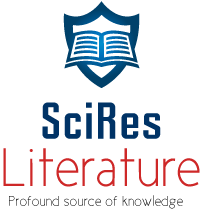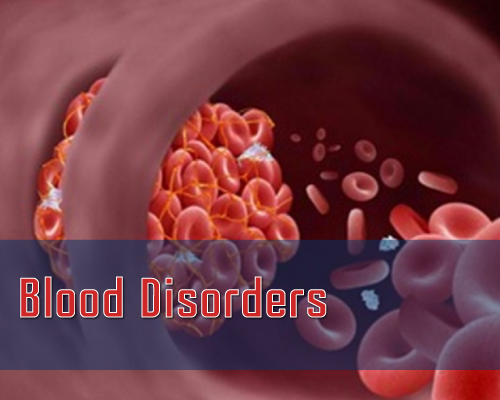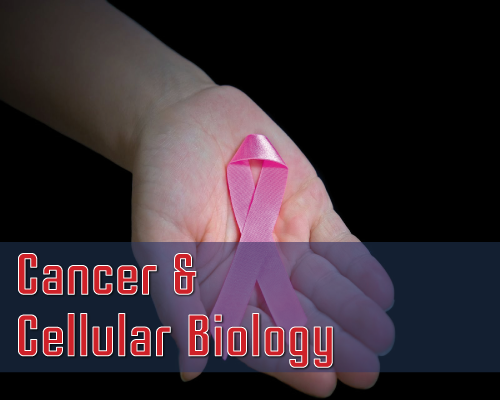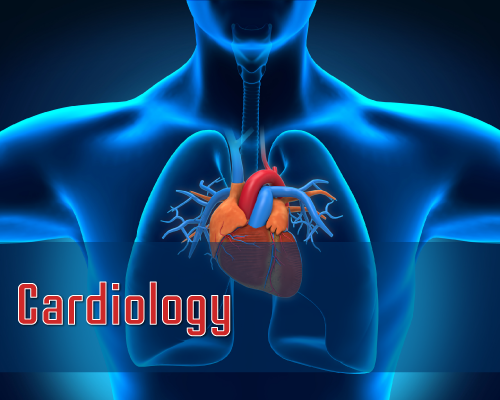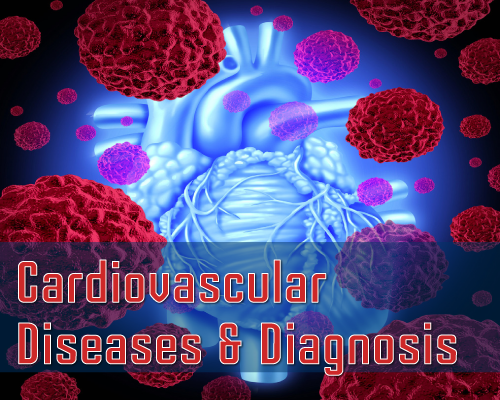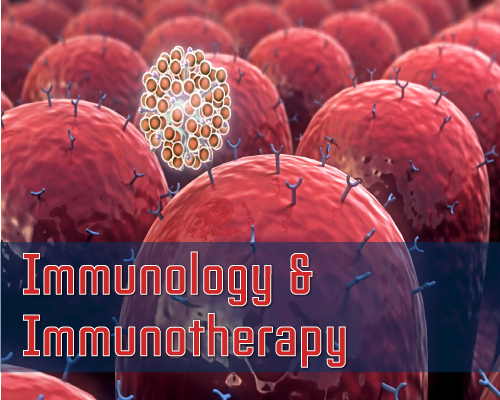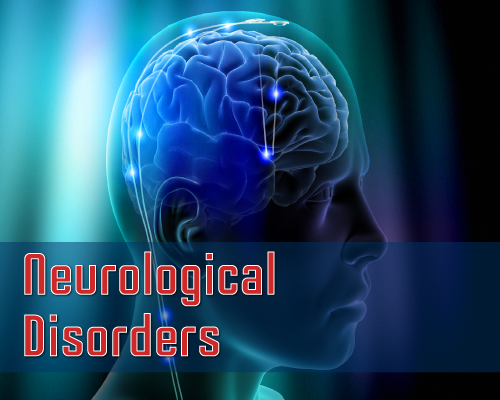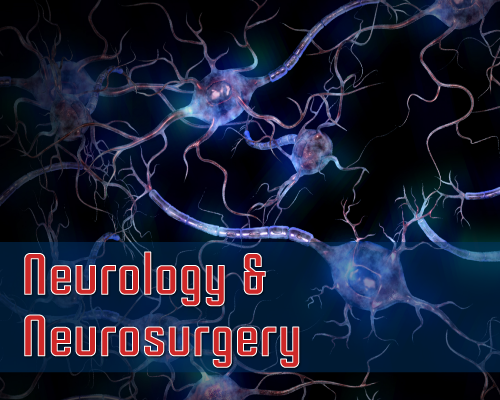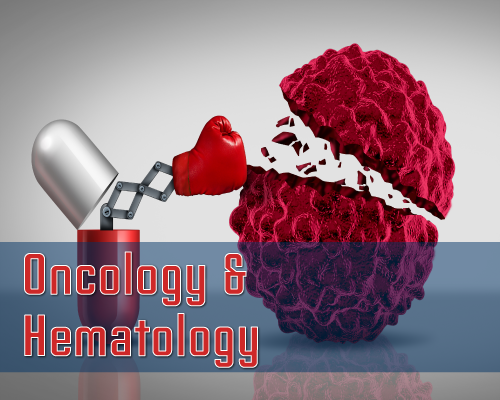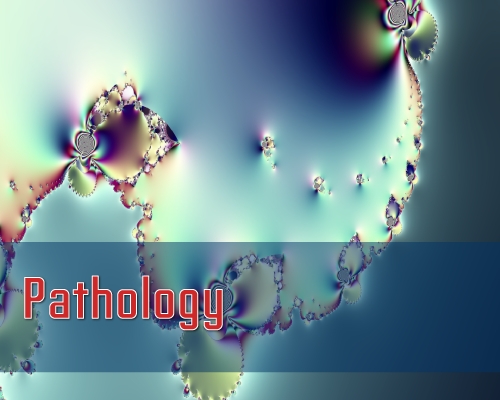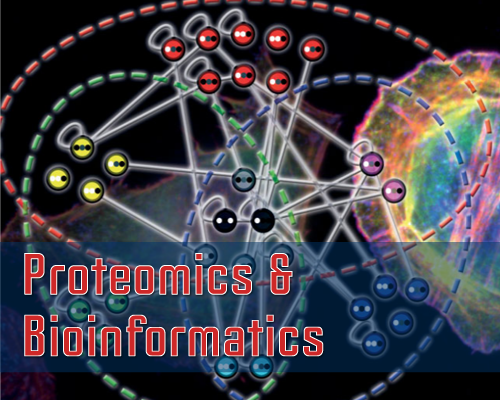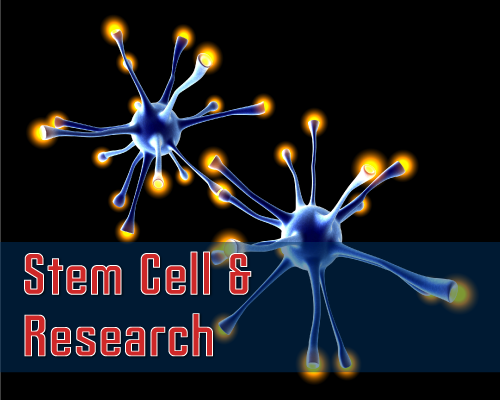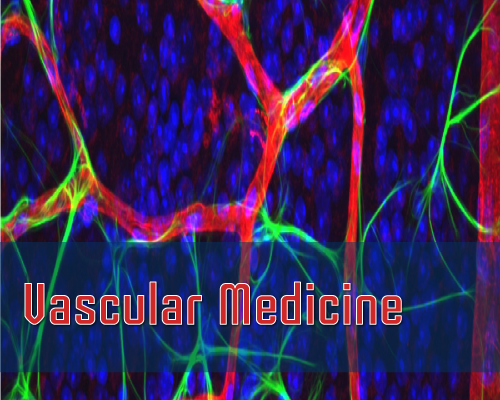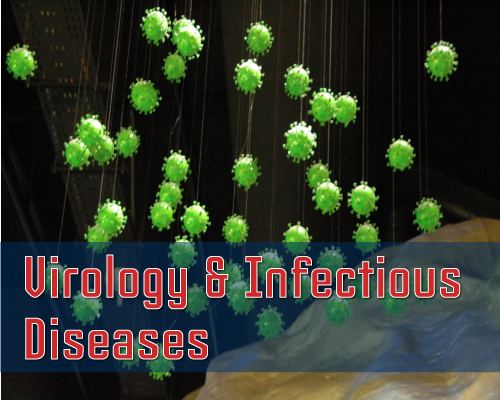Review Article
Evolution of Molecular Biology and Cancer: Crucial Turning Points and Startling Discoveries in a Continual Battle
Hassan A. Aziz1* and A. Elsharawy2,3
1Associate Dean, College of Arts and Sciences, Qatar University, Qatar
2Institute of Clinical Molecular Biology, University of Kiel, Germany
3Chemistry Department, Damietta University, New Damietta City, Egypt
*Address for Correspondence: Hassan A. Aziz, Associate Dean, Qatar University, Qatar.
Dates: Submitted: 09 May 2017; Approved: 15 May 2017; Published: 18 May 2017
Citation this article: Aziz HA, Elsharawy, A. Evolution of Molecular Biology and Cancer: Crucial Turning Points and Startling Discoveries in a Continual Battle. Int J Cancer Cell Biol Res. 2017; 2(1): 009-013
Copyright: © 2017 Aziz HA, et al. This is an open access article distributed under the Creative Commons Attribution License, which permits unrestricted use, distribution, and reproduction in any medium, provided the original work is properly cited.
Abstract
Cancer is the leading cause of morbidity and mortality worldwide. Comprehensive understanding of the evolution of molecular cell biology and cancer, and their crucial turning points in a chronological order, is of enormous importance for researchers, physicians, medical students, & other health professionals. This would allow better recognition of what we currently do have and what we have to do next to beat cancer.
It is also central to realize that, while the field of molecular cell biology of cancer strived to bare the etiology of cancer or to produce a cure, it had immensely increased the understanding of the molecular biology of mammalian cells. We thus also discuss in this article how the study of cancer cells helped us to develop many of the molecular techniques used nowadays in our laboratories and clinics.
Despite the surplus capacity of our cells in accommodating defects, cancer has frighteningly become a disease of the genome, and genomics is thus now considered a "dissecting" tool and a major part of cancer care. Looking to the future, there is a need to generate "individual" comprehensive genomic-based signatures, and develop better information systems for collection and integration of multiple data to improve our understanding of malignancy processes and tackle the increasing complexity (intra - / inter - individual heterogeneity) of cancer patients. This would be another turning point in the history of cancer research, and inevitably pave the way for a successful translation into clinical application in precision cancer medicine.
As a result of the continuous decline in the rate of infectious diseases, cancer has become a major cause of morbidity and mortality, thus becoming an important target of scientific research. One of the most remarkable features of experimental cancer research has been the way it opened up fields of research that are interesting in their own right. At the end of the nineteenth century, scientists studied certain infectious tumors like warts in children and infectious leukemia of chickens, which led to the discovery of some of the first viruses known to infect animals. In the early twentieth century, microscopic examination of cancer cells revealed that they often contain abnormal chromosomes. It was believed that cancer cells pass on its abnormality in behavior to its descendants. Therefore, this was important evidence that inherited characteristics were carried by chromosomes.
Early attempts to transplant tumors from one animal to another were largely unsuccessful; however, this failure led to the discovery of cellular immunity and the different blood groups which, in turn, made blood transfusion possible. Trials to breed lines of mice with raised susceptibility to various kinds of cancer led to the discovery of histocompatibility antigens [1] paving the way to organ transplants. This flow of information from cancer research into basic biology continued through the twentieth century. While the field of molecular biology of cancer strived to bare the etiology of cancer or to produce a cure, it had enormously increased the understanding of the molecular biology of mammalian cells. In fact, many of the techniques used in what is called genetic engineering were originally developed from the study of cancer cells [2].
The period of the 1970s carried a significant turning point in the understanding of the pathogenesis of cancer. It became clear that the behavior of cells was governed by control of gene expression and regulation. Researchers concluded that cancer represented a defect in the functioning of the genes concerned with the regulation of cell growth and territoriality. Resistance, however, was observed to the idea that the study of gene regulation and the control of cell division in creatures like bacteria and yeast could illuminate the behavior of cancer cells [3].
The Industrial Revolution era had resulted in large numbers of people being exposed to toxic substances that were not part of the normal human environment, and by the end of the nineteenth century, factory workers who were continually exposed to harsh chemicals developed cancer in the exposed areas of their skin. It was natural to test the effects of these substances in animals. Most animals, however, have much thicker skins than humans do, and the results were negative until the experimenters used rabbits and mice. By the time of World War I, the list of procedures known to produce cancer in animals consisted of infection with certain viruses, x - irradiation, and prolonged exposure of the skin to harsh chemicals.
The emergence of the field genetics quickly led to the suggestion that cancer was a result of mutations arising during cell division [2]. This view was strengthened when x - rays were shown to cause mutations in the fruit fly Drosophila, [4]. On the other hand; it was not clear how chemicals and viruses cause cancer. In the 1920s, the disciplines of biochemistry and genetics had little in common, and neither had much contact with cancer research. A concerted effort was made to determine the structure of the compounds in coal tar that cause cancer in the hope that an understanding of their chemistry would lead to an understanding of a mechanism for the disease [5]. Thirty years later, it was the discovery of the structure of DNA that started a scientific revolution. This time, however; knowledge of structure carried no obvious message. Coal tar contained a huge array of organic compounds, some of which were carcinogenic and some not [5]. Many of the compounds were quite toxic when fed to animals, which was a little surprising because most of them were not soluble in water and were very stable. It appeared to be a general rule that the carcinogenic compounds were flat (atoms were arranged in a two dimensional array, like a plate) whereas the non-carcinogenic compounds were buckled (atoms did not all lie in the same plane). It is known now that the compounds have to be flat to slip in between adjacent base pairs in DNA and cause error mutations during DNA replication, but no one could possibly have deduced that in the 1930s. The infusion from genetics and later from microbiology helped a great deal in understanding the structure of carcinogens via the discovery of DNA (which came from the study of microorganisms), and then in the study of chemical mutagenesis (also in microorganisms).
Researchers struggled to find a strong correlation between the potency of chemical as a mutagen and its potency as a carcinogen. In the mid -1930s, Eric Boyland, et al. [6], an English chemist, suggested that the more toxic compounds found in coal tar might be detoxified in the body by being oxidized by liver enzymes, and the active ingredient in the production of cancer might not be the substance given to the host but rather one of the intermediates formed from the starting chemical during its detoxification in the liver. Whether a compound was carcinogenic or not, it could depend on whether it was converted in the body into a mutagenic intermediate and whether that intermediate product reached a tissue that could give rise to cancer cells. This idea turned out to be correct. It explained the reasons why a compound could be carcinogenic for one species but not for another. For example, early in the 1960s, a chemical called 2 - acetyl - aminofluorine (2AAF) was shown to be carcinogenic in mice but not in guinea pigs. The explanation was that guinea pigs did not possess the enzyme converting 2AAF into the oxidation product N - hydroxy - 2AAF, which was the actual proximate carcinogen and was equally carcinogenic for mice and guinea pigs [7]. Inherited differences like this might explain why some species were more susceptible to certain forms of cancer than to others.
As soon as genes were shown to be made of DNA, it was natural to suppose that the carcinogenic coal tar derivatives produced cancer because they were damaging DNA, especially since they could be shown to interact with DNA. Curiously enough, this idea was initially ridiculed by the cancer research community. Even as late as 1960s, ten years after the structure of DNA was worked out, the belief was that cancer was the result of damage to proteins [7]. However, as the list of experimental carcinogens became longer and nearly all were shown to cause sequence changes in the DNA of bacteria and animal cells, the arguments gradually died down. Tests for mutagens were developed leading the research community to believe that these tests would allow scientists to identify and eradicate the main causes of cancer. On the contrary, the causes of most human cancers remained not fully understood.
A noticeable feature of cancer is that it takes a long time to develop and for its signs to become visible. When experimental animals or humans are continuously exposed to some carcinogenic stimulus, a large fraction of their lifetime may have to pass before they start to develop cancer. One very early suggestion, dating from the 1940s, was that the well-regulated behavior of normal cells was a Mendelian dominant character [7]. In other words, one could imagine that each cell has one particular gene that controls its behavior, and that both copies of this gene have to he mutated before the cell can grow and form a cancer. However, here too, the idea that cancer was a matter of mutation was not accepted by the cancer research community who did not wish to see their subject being turned into a branch of genetics. In fact, the hypothesis that some cancers were caused by recessive mutations languished unnoticed for about thirty years before being resuscitated as a description of certain familial cancers.
Apart from the circulating hormones and the specialized systems of communication between nerve cells and between nerves and muscles, virtually nothing was known about cell signaling until the late 1970s. Natural and experimental cancers appeared to be the end result of a sequence of steps. It was difficult to see how these steps could ever be determined at the molecular level. Bacteria provided a potential answer to this matter. During that period of time, it was found that bacteria were able to take up DNA from their surroundings and join it up to their own DNA.
The term oncogene was later used and three genes src, ras, and myc led the way in the understanding of the pathogenesis of cancer. Researchers were successful in making cultured mammalian cells to behave similarly in a laboratory environment. Raw DNA, taken from cells transformed by Rous Sarcoma Virus (RSV) [8] and transferred to normal cells, transformed a few of the recipients into cancer cells. Initially, this example of DNA-mediated transformation of mammalian cells was viewed as a rather unexciting technical development, because it was already clear that the crucial piece of DNA had to be the part containing the RSV sequences (in particular the gene called src) [8]. At the end of the 1970s, certain human tumors were discovered to contain sequences that behaved just like src because the cells' DNA would transform cultured mouse cells. Unfortunately, there did not seem to be any obvious way of determining which of the 100,000 or so protein -coding and - noncoding genes in a human cell were responsible.
In 1982, several groups in the United States simultaneously reported that one transforming sequence present in the cells of a human bladder cancer was the human version of ras, and that the cancer cell's ras was transforming the recipient cells because it had undergone one base change of a GC base pair to a TA base pair that changed the twelfth amino acid in the Ras protein from glycine to valine [9]. In other words, mammalian cells contained a gene called ras; this gene was presumably concerned with some aspect of control, because it could lead to cancer if it had undergone a change in sequence. The rat version of the gene was picked up by a retrovirus of rats and underwent a mutation that made it into a dominantly acting oncogene, and this converted the virus into a tumor virus. The mutation in the human equivalent of the gene occurred in one of the patient's bladder cells and this was presumably a crucial step in the development of the patient's bladder cancer.
The year 1982 brought another equally startling discovery. The obvious thought was that the chromosomal rearrangements result in abnormal neighbors for the genes next to the junction points and that this could be leading to over - expression or under - expression of a gene that was important for the regulation of cell behavior. For example, Burkitt's lymphoma affected the antibody forming cells of lymph glands, and it was common to find that in this cancer the end of one of the copies of chromosome 8 in the leukemic cells had been exchanged with the end of chromosome 2, 14, or 22 [10]. The human myc gene was shown to be just next to the breakpoint on chromosome 8, and the rearrangement was putting myc under the control of regions in chromosome 2 or 14 or 22 that normally stimulate the expression of genes involved in antibody synthesis.
The third discovery in 1982 concerned the interaction of different oncogenes. Mouse cells that could be transformed by the mutant ras gene from the human bladder cancer had been cultivated for some time and were already slightly abnormal. When normal mouse cells were used nothing happened. This meant that the CG- to -TA mutation in one of the copies of the ras gene was not sufficient on its own to make a normal cell cancerous. It turned out that normal cells could be transformed if they were also given a myc gene that was over-expressed through being next to a viral promoter [10]. Here, at last was the first worked out example of multi-step carcinogenesis. Actually, it was clear that a third step was required to make a fully-fledged cancer. Most of the tumors produced mutant ras and over-expressed myc eventually underwent regression, presumably as the result of the kind of programmed cell death that occurred when the cells had gone through repeated divisions. Only when the cells were "immortalized" by inactivation of a gene for programmed cell death would the change in ras and over-expression of myc produce an endless proliferating line of cancer cells [10]. The generality of the ras + myc + immortalization case was strengthened by the discovery that certain DNA tumor viruses carrying genes that were analogous in function.
This was an important turning point in the history of cancer research. The fact that just two particular cell functions were involved in the formation of certain natural human cancers and in the tumorigenicity of several totally different kinds of tumor viruses implied that when cancers arose, it was as the result of defects in a limited number of weak points in the control of cell behavior. Since 1982, the itemizing of these weak points had progressed very rapidly. By now, more than 100 such genes have been identified, in which a change in sequence or in level of expression can be one of the steps in the development of a human cancer [7]. That may seem a large number, but the genes turn out to belong to a limited number of families. The normal function of these families of genes is to control cell behavior. The genes were discovered as the result of their involvement in cancer, but obviously the cell does not have them in order to expose itself to the risk of becoming cancerous. The genes are now called proto - oncogenes to distinguish the normal proto - oncogene called ras from the mutant ras, which is a cancer producing oncogene [7]. Mammalian cells have several copies of ras like genes and of the other major classes of proto - oncogenes, each of which is presumably under somewhat different regulatory control. Each class of cell apparently uses only a few of these. The cancers arising in one type of cell tend to show changes in one particular member of the ras family.
Other equally important genes have been discovered where, by contrast, one normal copy of the gene is enough to control cell behavior. These were therefore called tumor suppressor genes. The first example to be identified was a gene involved in the formation of a rare tumor of the retina seen in young children. The tumor developed when both copies of the retinoblastoma gene (rb) had been inactivated by mutation [11].This could happen in one of two ways either the child inherited a mutated gene from one of its parents and acquired the second mutation during the growth of the retinal cells, or (more rarely) one of the child's retinal cells acquired mutations in each of the genes. Similar suppressor genes had been found to be commonly involved in breast and colon cancers, and an inherited defect in one of the copies of these genes greatly raised the risk of developing breast or colon cancer [11].
The ability of complementary sequences (either of DNA or RNA) to find each other has been enormously useful. It had allowed molecular biologists to isolate particular DNA coding sequences from mixtures. For example, if one wanted to isolate the region of human DNA that codes for the protein in hemoglobin, one could start by isolating the corresponding mRNA from young red cells, then chemically binds this mRNA onto some kind of filter, if melted human single stranded DNA is passed through this filter adjusted to the right temperature, the filter will bind the DNA strands that are complementary to the mRNA for hemoglobin and let all the other sequences pass through. The filter would then be treated with an enzyme that breaks down RNA, leaving DNA strands that are complementary to the mRNA. DNA polymerase can then be used to convert the single stranded DNA into double helices, and now the separation of globin sequences from all the hundreds of thousands of other sequences present in a human cell is achieved.
To summarize, plants and animals have managed to evolve systems of control that generate many different kinds of cells and allow large groups of such cells to collaborate together in multi-cellular arrays. This is achieved by a system of communication that affects every kind of biochemical event occurring within each cell, the transcription of genes, the handling and rate of translation of mRNA, and finally, by protein phosphorylation, the specificity and level of activity of many of the enzymes in the cell. Fortunately for us, the systems that regulate our cells' behavior seem to have excess capacity for accommodating defects. For example, a mutation into ras could deregulate its stimulatory action on cell division, but this one change on its own is not enough to wreck the system. If a cell is to escape its network of controls, it has to be damaged in several different ways. That is why the production of cancer requires the alteration of many genes.
It is only in the last few years that techniques have been available to look directly for sequence changes, so researchers have only just started to make inventories of the changes found in the various kinds of cancer. There is little reason to doubt that nucleic acid probes will have applications in the diagnosis of malignancy as well as in the assessment of prognosis. Investigators are increasingly viewing malignancy as a somatic form of genetic disease. The unraveling of genetic alterations that form the basis for the clonal development and evolution of malignancy is an area of intensive research. The inherited predisposition for the development of malignancy is another related area of investigation with immense clinical potential.
Not until our understanding of malignancy progresses will the diagnostician is able to make use of those tools. The transfer of technology that has most clearly occurred in the diagnosis of infectious disease, where the use of molecular biology is most advanced, can be anticipated to occur in the area of cancer biology. In fact, this transfer will be expected to be even more rapid as clinical laboratories become increasingly attuned to the use of nucleic acid probes. Many of the oncogenes have been cloned and mapped to specific regions of chromosomes; their protein products have been characterized and usually are referred to in terms of their molecular weight in kilodaltons.
From this discussion, it can be seen that any of the described hybridization analyses could be used to study oncogenes and anti - oncogenes in the clinical setting. Antibodies directed against the site of mutated oncogene product or demonstrating alterations in the quantity of a particular oncogene product could also be used. However, the majority of this information is too preliminary to justify inclusion in a diagnostic or prognostic evaluation of a particular patient's tumor. Demonstration of changes in oncogenes and anti -oncogenes could aid in the classification of tumors, permit earlier diagnosis, guide therapy, and allow screening for "cancer prone" populations before the development of malignancy. However, in most instances the changes that are seen in these oncogenes or anti-oncogenes are not diagnostic of a particular tumor type and these applications remain potential rather than practical and clinical with the exception of leukemia and lymphoma.
Looking to the future, there is a need to generate comprehensive genomic-based signatures (a sort of map of alterations that have taken place) per individual cancer patient, and build up better information systems that enable collection and integration of multiple data (preferably of populations of different ethnicities). This may lead to uncover unexplained disease risk and regulatory molecular events of cancer manifestation and progression, which might drive complicated courses of the disease [12]. This would in turn be another key turning point in the history of cancer research, and would improve our understanding of malignancy processes, tackle the increasing complexity (intra -/ inter - individual heterogeneity) of cancer patients, and clarify which genetic markers will be useful in clinical applications.
References
- Park I, Terasaki P. Origins of the first HLA specificities. Hum Immunol. 2000; 61: 185-189. https://goo.gl/HIhSfu
- Arnold P. History of Genetics: Genetic Engineering Timeline. 2009. https://goo.gl/nfl9tH
- Berg P, Baltimore D, Brenner S, Roblin R. O, Singer M. F. Summary statement of the Asilomar conference on recombinant DNA molecules. Proceedings of the National Academy of Sciences. Proc Natl Acad Sci U S A. 1975; 72: 1981-1984. https://goo.gl/OAtdfk
- Clark A.M. Genetic Effects of X-Rays in Relation to Dose-rate in Drosophila. Nature. 1956; 177: 787. https://goo.gl/BIMjxW
- IARC. Monographs on the Evaluation of the Carcinogenic Risk of Chemicals to Humans. Geneva: World Health Organization, International Agency for Research on Cancer. 1987; 42: 1972. https://goo.gl/0z5lwT
- Luch A. Nature and nurture - lessons from chemical carcinogenesis. Nature Reviews Cancer. 2005; 5: 113-125. https://goo.gl/MHQx96
- Cairns J. Matters of Life and Death: Perspectives on Public Health, Molecular Biology, Cancer, and the Prospects for the Human Race. 1999; 74: 503. https://goo.gl/e6rXIJ
- Weiss RA, Vogt PK. 100 years of Rous sarcoma virus. J Exp Med. 2011; 208: 2351-2355. https://goo.gl/O8OrpV
- Shih C, Weinberg RA. Isolation of a transforming sequence from a human bladder carcinoma cell line. Cell. 1982; 29:161-169. https://goo.gl/xr1Qzm
- Dalla Favera R, Bregni M, Erikson J, Patterson D, Gallo RC, Croce CM. Human c-myc onc gene is located on the region of chromosome 8 that is translocated in Burkitt lymphoma cells. Proc Natl Acad Sci USA. 1982; 79: 7824-7827. https://goo.gl/hiiKoM
- Lee WH, Bookstein R, Hong F, Young LJ, Shew JY, Lee EY. Human retinoblastoma susceptibility gene: cloning, identification and sequence. Science. 1987; 235: 1394-1399. https://goo.gl/jBjk7d
- Yi S, Lin S, Li Y, Zhao W, Mills G.B, Sahni N. Functional variomics and network perturbation: connecting genotype to phenotype in cancer. Nature Reviews Genetics. 2017. https://goo.gl/PYmhG2
Authors submit all Proposals and manuscripts via Electronic Form!
